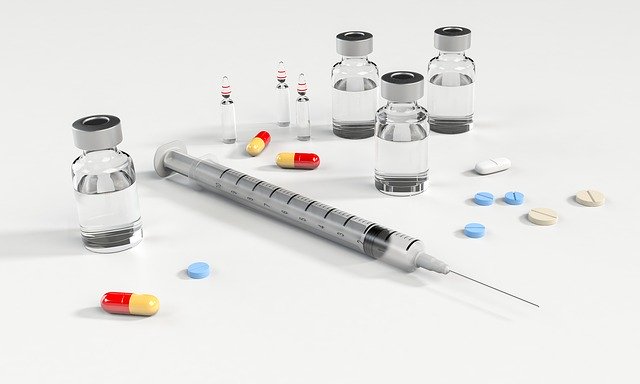Since ancient times, plant-based natural products have been commonly used as medicines. Nearly as much as 25% of major pharmaceutical compounds are derived from natural resources. They exhibit fascinating chemical diversity and biological properties with minimal toxicity.
Despite the advantages, companies are hesitant to invest more in natural delivery systems, due to concerns such as size, shape, and biocompatibility. The use of large materials in drug delivery includes many risks such as solubility and poor absorption. Such problems gave rise to nanotechnology, currently revolutionizing the field of medicine.
Nanotechnology is an advanced field of nanoparticles being used in the science field at a molecular level. Nanoparticles are as small as 10nm to 1000nm, usually preferred to be less than 200nm. This helps them to move freely inside an organism when compared to other materials. Lately, the use of nanoparticles in drug delivery systems is speculating a lot of discussions.
Nanoparticles in drug delivery:
Currently, one of the challenges faced by researchers is to deliver a drug to an accurate site without causing any potential side effects to other healthy organs. This is especially important for cancer treatment, where the tumor is a distant metastasis in various organs. Nanoparticles employed, have specific properties to overcome the above limitation. These include their small size, ability to penetrate cell membranes, binding and stabilizing proteins. Nanoparticle entrapment of drugs is performed to make sure the drug is delivered to the target tissue supported with a controlled release.
The idea of using nanoparticles with natural compounds is very attractive in recent times. Natural compounds have a lot of properties that are enhanced by combining with nanoparticles. These properties include targeting a specific tissue and controlled release of the drug.
Metallic, inorganic, and polymeric nanoparticles are some of the frequently used types in performing a target-specific drug delivery system. In particular, drugs with poor solubility need the aid of these nanoparticles.
The efficacy of the use of nanoparticles varies according to the material, size, and other biodegradability properties. Due to their biocompatibility properties, various synthetic polymers such as polyvinyl alcohol and poly-L-lactic acid, and natural polymers such as chitosan and alginate are broadly used in fabricating nanoparticles.
Polymeric nanoparticles can be divided into nanocapsules and nanospheres, both of which are proven to be attractive drug delivery systems. The use of an optimal nano-drug delivery system is based upon the properties of the drugs chosen for the treatment.
Possible hazards:
When combining nanotechnology in medicine, toxicity exhibited by nanoparticles cannot be ignored. For pharmaceuticals, specific drug formulations can be put in place for clinical efficacy and minimizing toxicity.
Nanoparticles are known for their unique surface properties, and since it is the contact layer with the body tissue, it should be evaluated from a toxicology standpoint. Although a lot of tests and procedures are available to evaluate the material, it cannot be assumed that these tests will be precise in detecting all risks. This will most likely depend on the origin of the materials- biological or non-biological.
Recently, researchers are exploring the ideas of combining nanoparticles and natural products to minimize toxicity. Both individually have already been in use for several years, but have their own limitations. The greenway of formulating nanoparticles is widely encouraged as it lowers the hazardous constituents during the synthesis process. By using green nanoparticles, the chances of side effects can be minimized. Furthermore, by changing the shape, size, and hydrophobicity we can further enhance the bioactivity of nanoparticles.
Future of nanoparticles in the medicinal field:
Nanoparticles in the medicinal field is currently one of the fascinating areas of research out there. In the future, by the looks of it, the field of cancer looks to benefit the most from nanoparticles. By using various types of nanoparticles, it is possible to transport an accurate amount of drug to the tumor cells without causing harm to other cells. The application of nanoparticles in medicine will definitely be the future trend in diagnosis and treatment research.
More research needs to be performed to achieve a more consistent drug loading and release capacity. , progress is being made in the use of metal-based nanoparticles like gold and silver in diagnosis and therapy areas of research.
Nanotechnology is truly a multidisciplinary science beneficial to drug delivery systems. Despite the overwhelming advantages, its actual impact on the healthcare system is quite limited. In the future, a more conceptual understanding of biological response to nanoparticles must also be studied. Ultimately researchers should be able to deliver drugs for a long period of time with great precision and controlled release.

